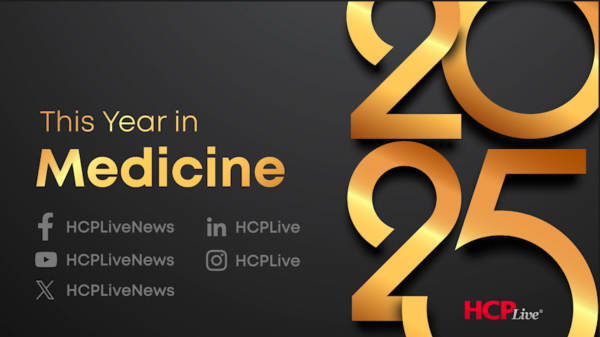The ongoing struggle against infectious viruses has highlighted the need for a more proactive approach to public health. As the world continues to grapple with the effects of the COVID-19 pandemic, it becomes increasingly clear that there are numerous strategies available to strengthen our defenses against such threats.
To effectively combat infectious diseases, public health officials emphasize the importance of planning and preventive measures. According to the Centers for Disease Control and Prevention (CDC), implementing robust vaccination programs and enhancing surveillance systems are critical components in reducing the impact of future outbreaks. These strategies have proven effective in controlling viruses like measles, which saw a resurgence in the past due to declining vaccination rates.
Understanding the Role of Vaccination
Vaccination remains one of the most effective tools in the fight against infectious diseases. The World Health Organization (WHO) estimates that vaccines prevent 2-3 million deaths annually. Despite this success, public hesitancy and misinformation can undermine these efforts. For instance, during the 2020 COVID-19 pandemic, the rapid development and distribution of vaccines provided a crucial line of defense against severe illness and death.
Ensuring high vaccination rates requires a concerted effort from governments, healthcare providers, and communities. Initiatives that promote education and accessibility can significantly increase participation in vaccination programs. This approach not only protects individuals but also contributes to herd immunity, safeguarding those who cannot be vaccinated due to medical reasons.
Enhancing Surveillance and Response Systems
In addition to vaccination, improving surveillance systems is essential for early detection and response to infectious threats. The experience gained from the COVID-19 pandemic has underscored the need for real-time data collection and analysis. Effective surveillance allows health authorities to identify outbreaks quickly and implement containment measures, thereby mitigating the spread of viruses.
Public health officials advocate for investments in technology that enhance surveillance capabilities. Systems that utilize artificial intelligence and data analytics can help track infection rates and predict potential outbreaks. By leveraging these tools, health authorities can respond more effectively, reducing the burden on healthcare systems.
Furthermore, global cooperation is crucial in addressing infectious diseases. Organizations like the WHO play a pivotal role in coordinating responses and sharing information across borders. Collaborative efforts can lead to more effective strategies in combating viruses, ultimately protecting global health.
The challenges of infectious diseases are not insurmountable. By prioritizing vaccination and improving surveillance systems, we can make significant strides in our ability to manage and prevent outbreaks. As we move forward, it is essential to remain vigilant and proactive in our efforts, recognizing that our health is interconnected, and collective action is paramount.
In conclusion, enhancing our defenses against infectious viruses requires a multifaceted approach. By understanding the importance of vaccination and implementing robust surveillance systems, we can better prepare for future health crises. The lessons learned from the COVID-19 pandemic should serve as a catalyst for change, urging us to take decisive action in safeguarding public health.





































































